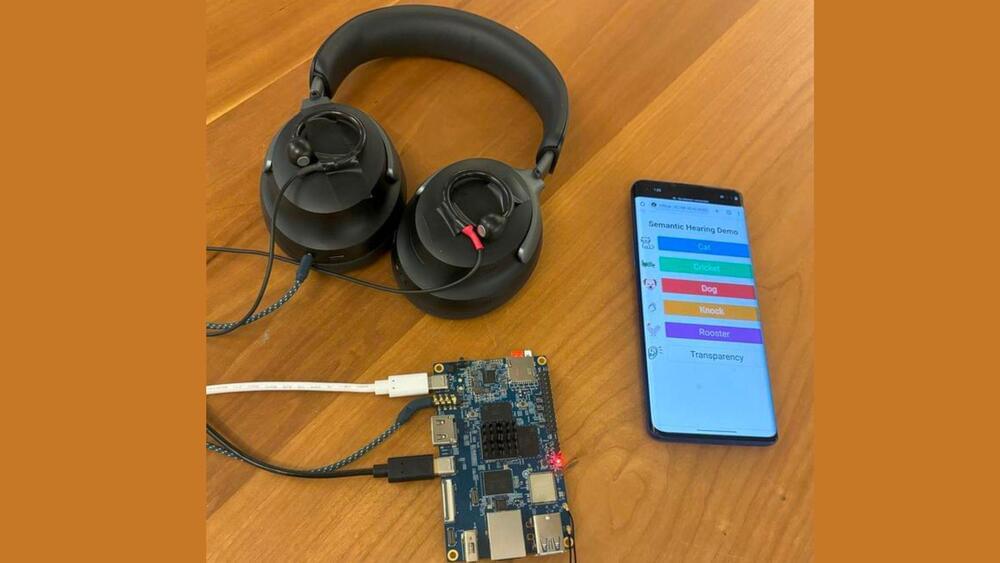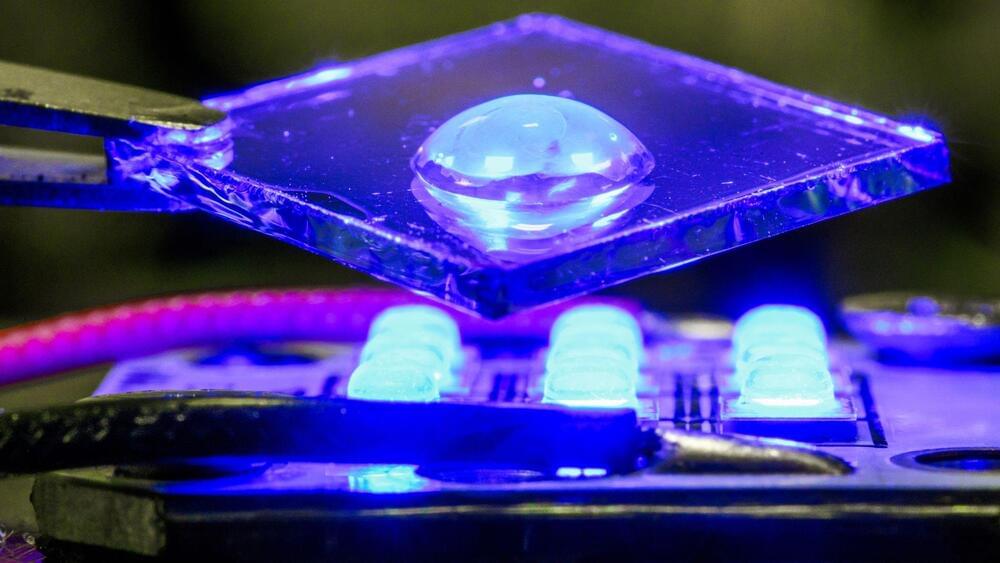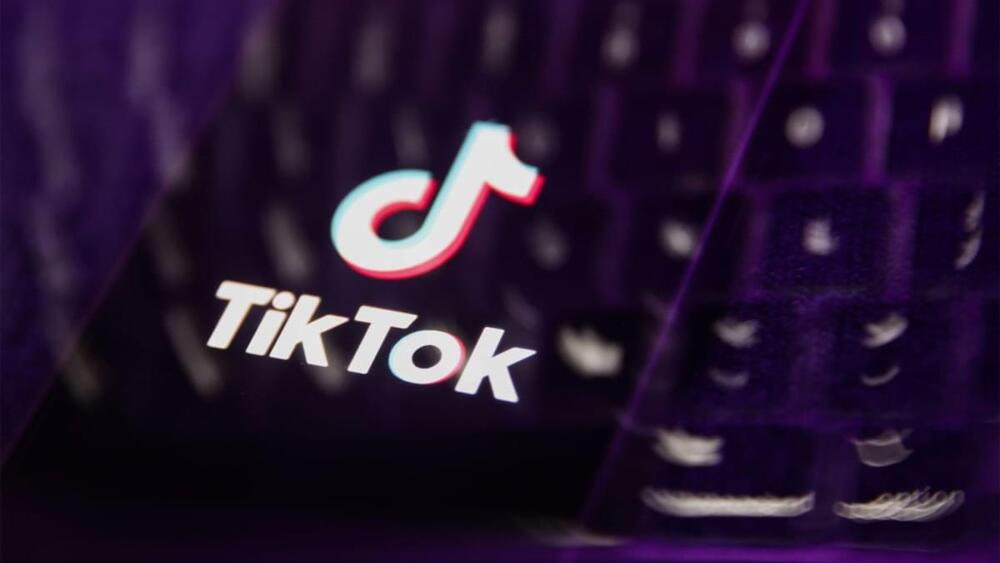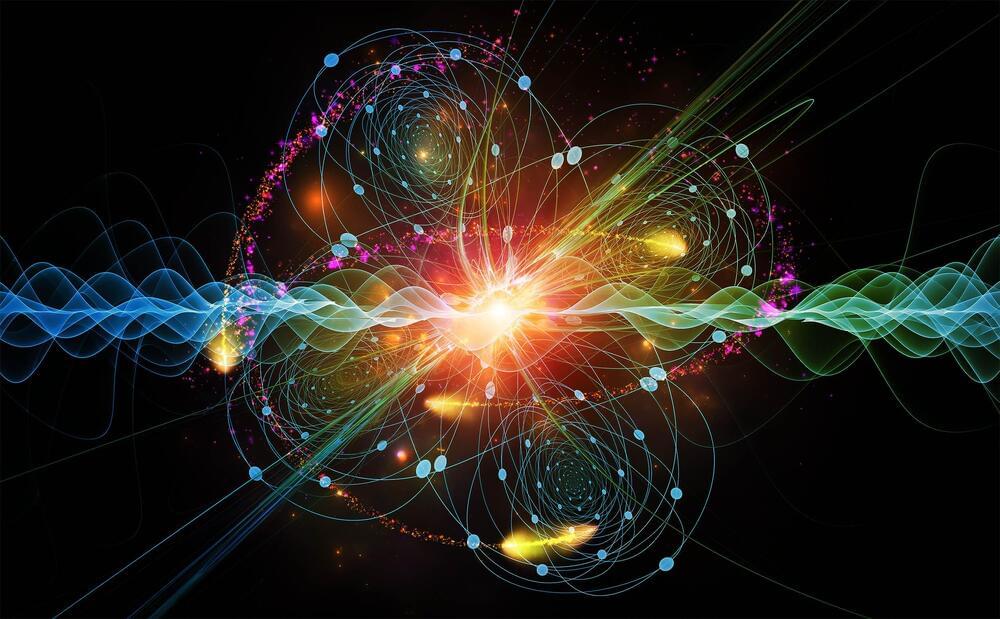China has officially showcased its machine-gun armed robodog drones during a 15-day military exercise with Cambodian forces.







TikTok is testing the ability for users to upload 60-minute videos, the company confirmed to TechCrunch on Thursday. The feature is available to a limited group of users in select markets, and TikTok says it doesn’t have any immediate plans to make the feature available widely.
The feature, which was first spotted by social media consultant Matt Navarra, marks a shift from TikTok’s original format. The app allowed users to upload 15-second videos at launch, but TikTok has been increasing that limit over the past few years. While the company rose to popularity for its short-form video format, it has slowly been embracing long-form content to take on one of its biggest competitors: YouTube.
TikTok says that while creators can weave multipart stories together by telling viewers to go to part two or more of a story, it often hears from creators who want more time for things like cooking demos, beauty tutorials, educational lesson plans, comedic sketches and more.

Join us on Patreon! https://www.patreon.com/MichaelLustgartenPhDDiscount Links: Epigenetic, Telomere Testing: https://trudiagnostic.com/?irclickid=U-s3Ii2r7x…

Tuberous sclerosis is a rare genetic disease that causes benign tumors to grow in the brain and other organs. The disease can be mild, or it can cause severe disabilities. Tuberous sclerosis has no cure, but treatments can help symptoms. More info here.
Tuberous sclerosis (TSC) is a rare genetic disease. It causes benign tumors in the brain and other organs. Learn about symptoms and what can help.

Photon-number distributions of various light sources have been studied extensively, but little is known about the statistical distribution of electrons emitted under the effect of intense quantum light.
However, researchers at the Max Planck Institute for the Science of Light (MPL) and Friedrich-Alexander-Universität Erlangen-Nürnberg (FAU) have made a discovery that highlights this phenomenon.
Published in the journal Nature Physics, the study led by Prof. Maria Chekhova at MPL and Prof. Peter Hommelhoff at FAU reveals extreme and highly unusual statistical events in electron-number distributions obtained when nanometer-sized metal needle tips are illuminated with ultrashort pulses of bright quantum light.